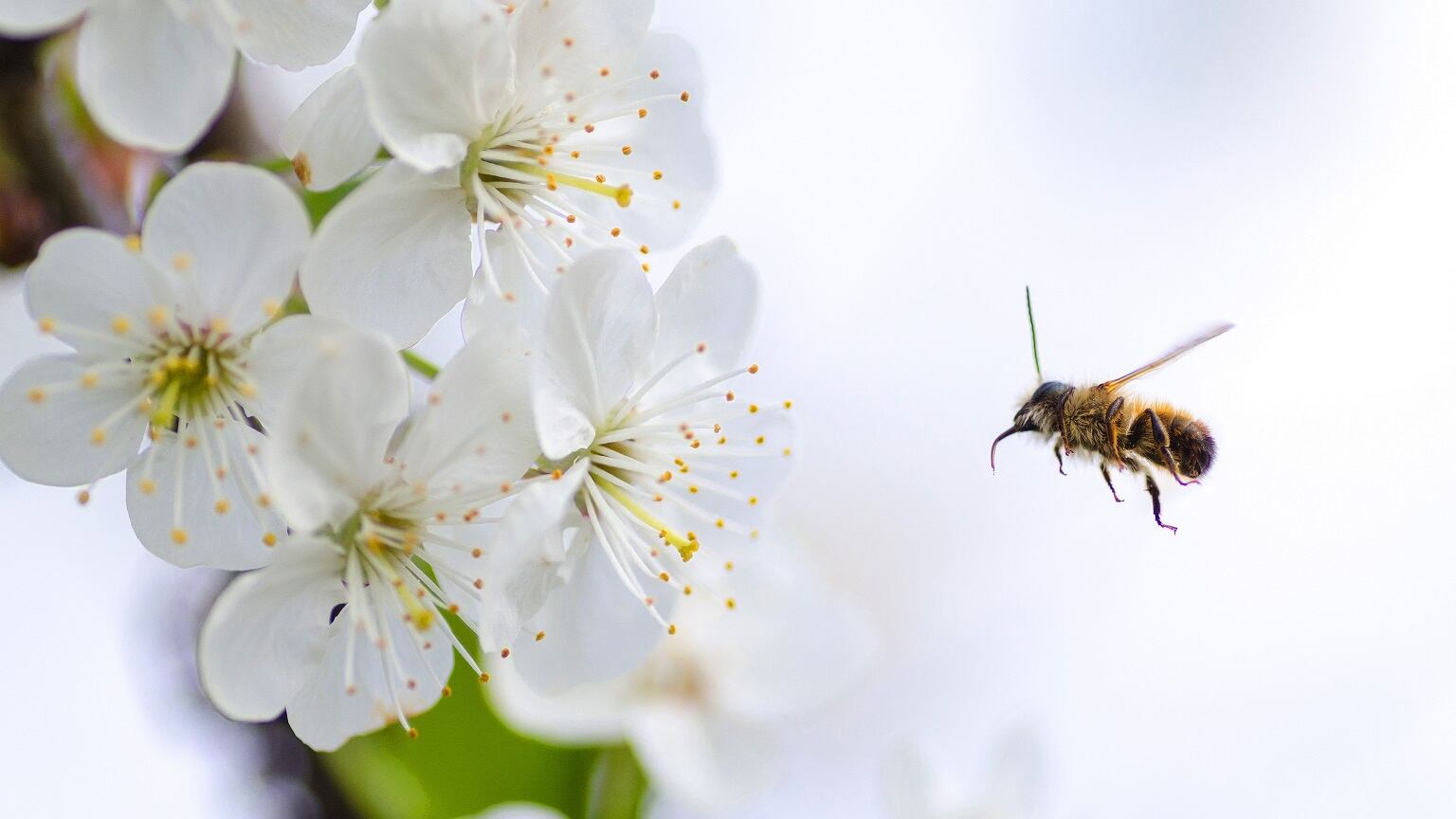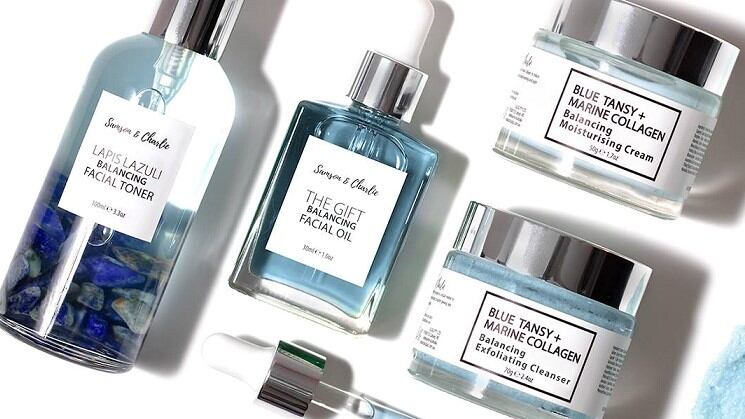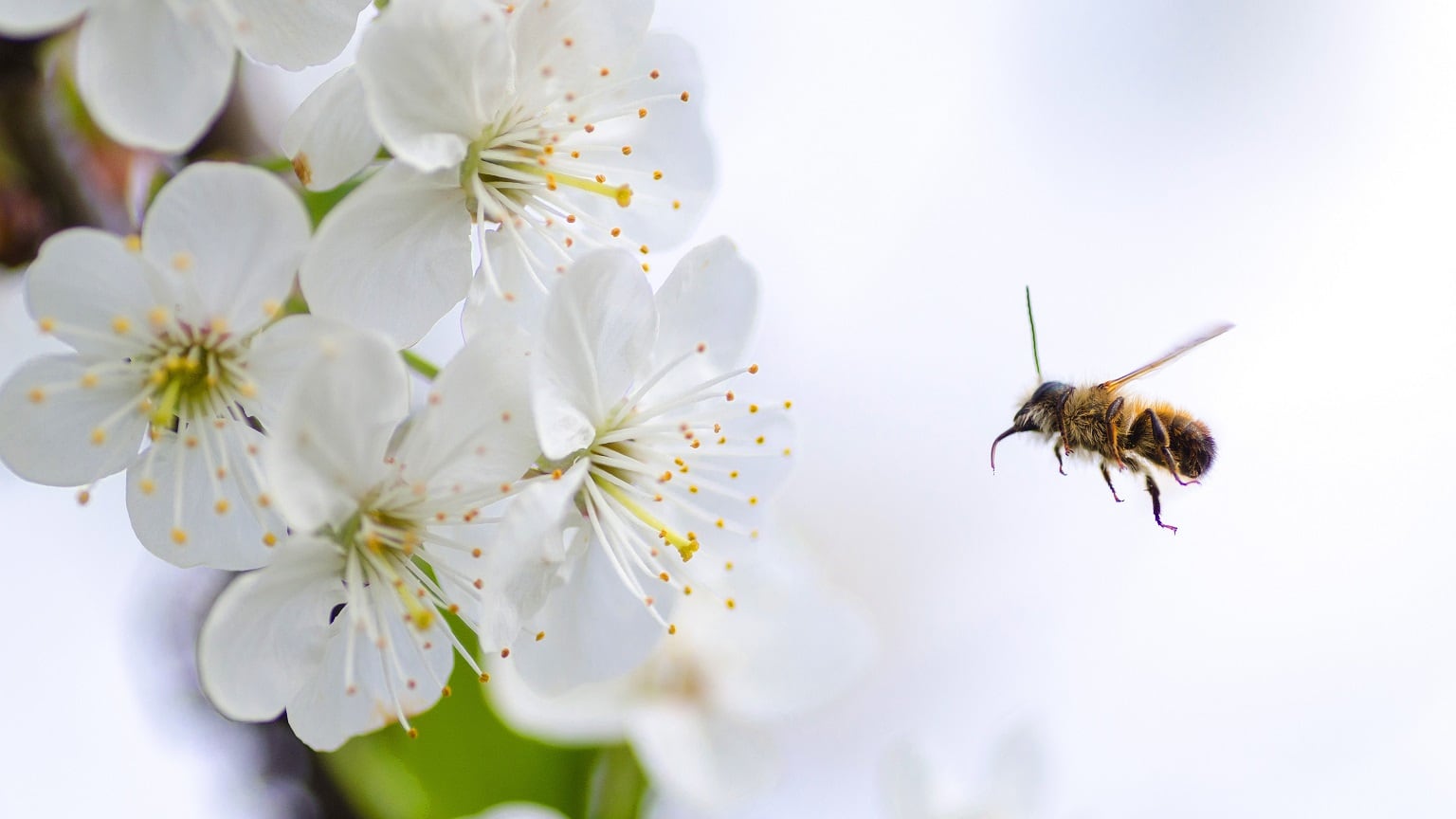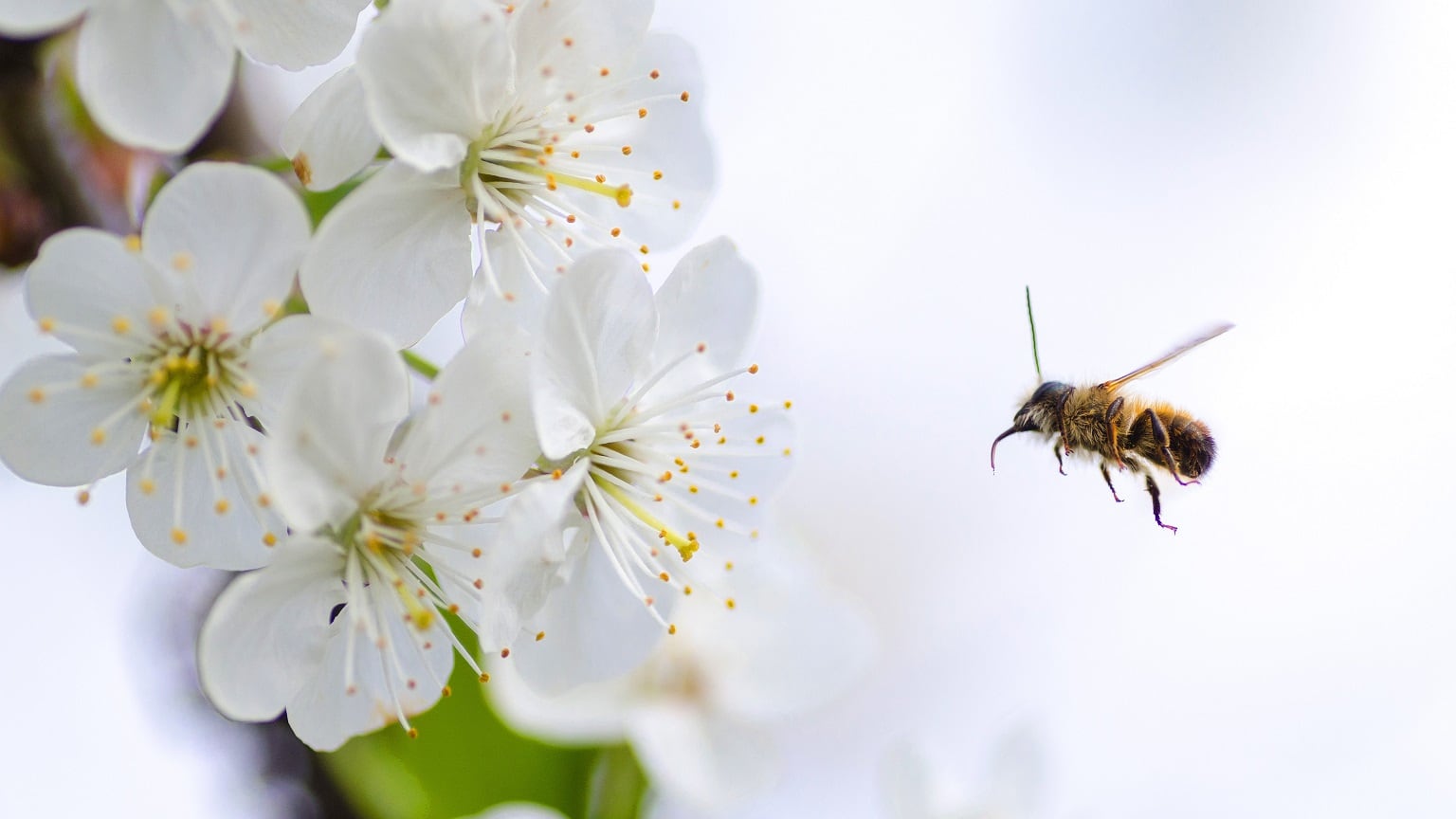The research was conducted by the University of Technology Sydney (UTS) and funded by AgriFutures Australia. Its primary goal was to enhance the value and profitability of the Australia beekeeping industry.
According to the study, Australia is home to the greatest diversity of Leptospermum plants in the world.
"Australia has 84 of the 87 species of Leptospermum. Yet before this study, the antimicrobial activity of our Leptospermum species was almost unknown, both locally and globally," said UTS research associate Dr Nural Cokcetin.
Researchers tested over 5,000 honey samples, and over 200 nectar sample from more than 50 species.
The report found that seven Leptospermum species from Australia produced honey with potent levels of antibacterial activity, making it suitable to treat wounds and skin infections.
"The research puts Australian honey producers on the world stage, positioning them as a leading and potentially abundant source of medical grade and high-value Leptospermum honey,” said Cokcetin.
Abuzz with value
Currently, most commercially available medical-grade honey is derived from New Zealand manuka.
Last September, New Zealand sought to renew its bid to trademark the name ‘manuka’ in China to block Australian honey producers from marketing their honey products in the lucrative Chinese market.
The research found that certain honeys from the North Coast of New South Wales (NSW) and Tasmania had levels of dihydroxyacetone and methylglyoxal comparable to, or in some cases higher than, New Zealand manuka honey.
The latest evidences support the marketing claims and creates opportunities for Australian honey producers to explore opportunities in the premium honey market.
"The research provides scientific evidence to support marketing claims that enable Australian honey producers to gain access to premium therapeutic-based markets," Annelies McGaw, honey bee & pollination manager at AgriFutures.
McGaw added that the research can help support the sustainability of the beekeeping industry and highlight a new way to regenerate land with a sustainable and valuable crop.
"Its findings are an important tool to help build the sustainability of Australia's beekeeping industry. It also presents a stimulus for diversification of commercial honey production in Australia.”
Moving forward, the researcher suggested that the local honey industry should develop and licence “a unified means of assaying and labelling medical-grade honeys” for producers marketing honey as an antimicrobial product.
Additionally, they recommended that the industry should consider developing and implementing standardised measures and labelling of other bioactive properties of honey, such as anti-inflammatory, wound healing, immunomodulatory, and prebiotic activity.





